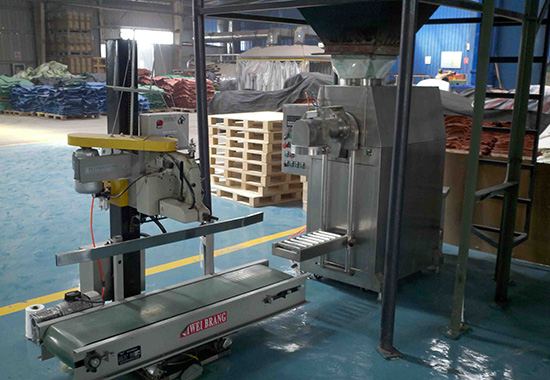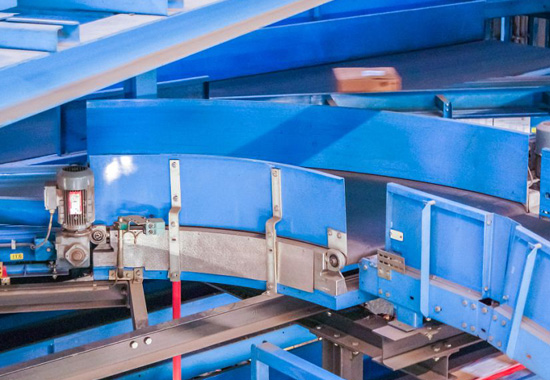Selection of air compressor
How to select an air compressor
How to select an air compressor? This problem has been plagued by air compressor buyers. In order to allow companies to buy products with good cost performance, the air compressor selection process is summarized into three steps: first determine the working pressure, and then determine the corresponding volume flow. , And finally the power supply capacity. Let's give an example below.
The relationship between power and working pressure and volumetric flow is: when the power is constant, when the speed changes, the volumetric flow and working pressure also change accordingly; for example: a 22KW air compressor, The working pressure is determined to be 7bar during manufacturing, and the speed is calculated according to the technical curve of the main compressor. The displacement is 3.8 m3/min; when the working pressure is determined to be 8bar, the speed must be reduced (otherwise the drive motor will be overloaded). The air volume is 3.6 m3/min; because the speed is reduced, the exhaust is also reduced, and so on.
The selection of power is to meet the working pressure and volume flow conditions, and the power supply capacity can meet the power of the matched drive motor.
Through these three points and the previous section "How to choose an air compressor", I believe it will be of great help to friends who buy an air compressor. Let's use a set of data to talk about the selection of air compressors.
1. Air compressor
1. Under normal circumstances, the gas consumption and working pressure of the equipment can be given when purchasing the gas equipment.
According to the given value, it is enough to rely on the known standard parameters of the upper air compressor.
For example: the air consumption of a certain equipment is 0.83m3/min, working pressure: 0.4-0.6 Mpa
Selection: WW-0.9/7-C
Parameters: Exhaust volume: 0.9m3/min, exhaust pressure: 0.7Mpa
2. Without data reference, the air consumption and working pressure can only be calculated based on past experience or by engineers.
Usually the calculation result should be added with a 30% margin before being close to the standard parameters.
For example: the air consumption of a certain equipment is 0.4m3/min through calculation, and the working pressure: 0.6-0.8Mpa
Selection: Considering margin air consumption = 0.4×(1+30%)=0.52 m3/min
Rely on standard model: WW-0.6/10
Parameters: Discharge volume: 0.6m3/min, discharge pressure: 1.0Mpa
Attachment: booster (oxygen, nitrogen)
When choosing a supercharger, you must first determine:
1. Compressed medium; 2. Inlet pressure; 3. Exhaust pressure; 4. Exhaust volume; 5. If necessary, the total flow of air source should also be given.
Example 1: Compressed medium: oxygen (O2), intake pressure: 0.2Mpa, exhaust pressure: 1.0 Mpa,
Displacement: 20 m3/h (20 m3/h oxygen generator), no oil lubrication.
Select model: VWY-20/2-10
Parameters: intake pressure: 0.2Mpa, exhaust pressure: 1.0Mpa, displacement: 20m3/h
Example 2: Compressed medium: nitrogen (N2), inlet pressure: 0.6Mpa, exhaust pressure: 2.5 Mpa, displacement: 60 m3/h, no oil lubrication.
Select model: VWN-60/6-25
Parameters: intake pressure: 0.6Mpa, exhaust pressure: 2.5Mpa, displacement: 60m3/h





